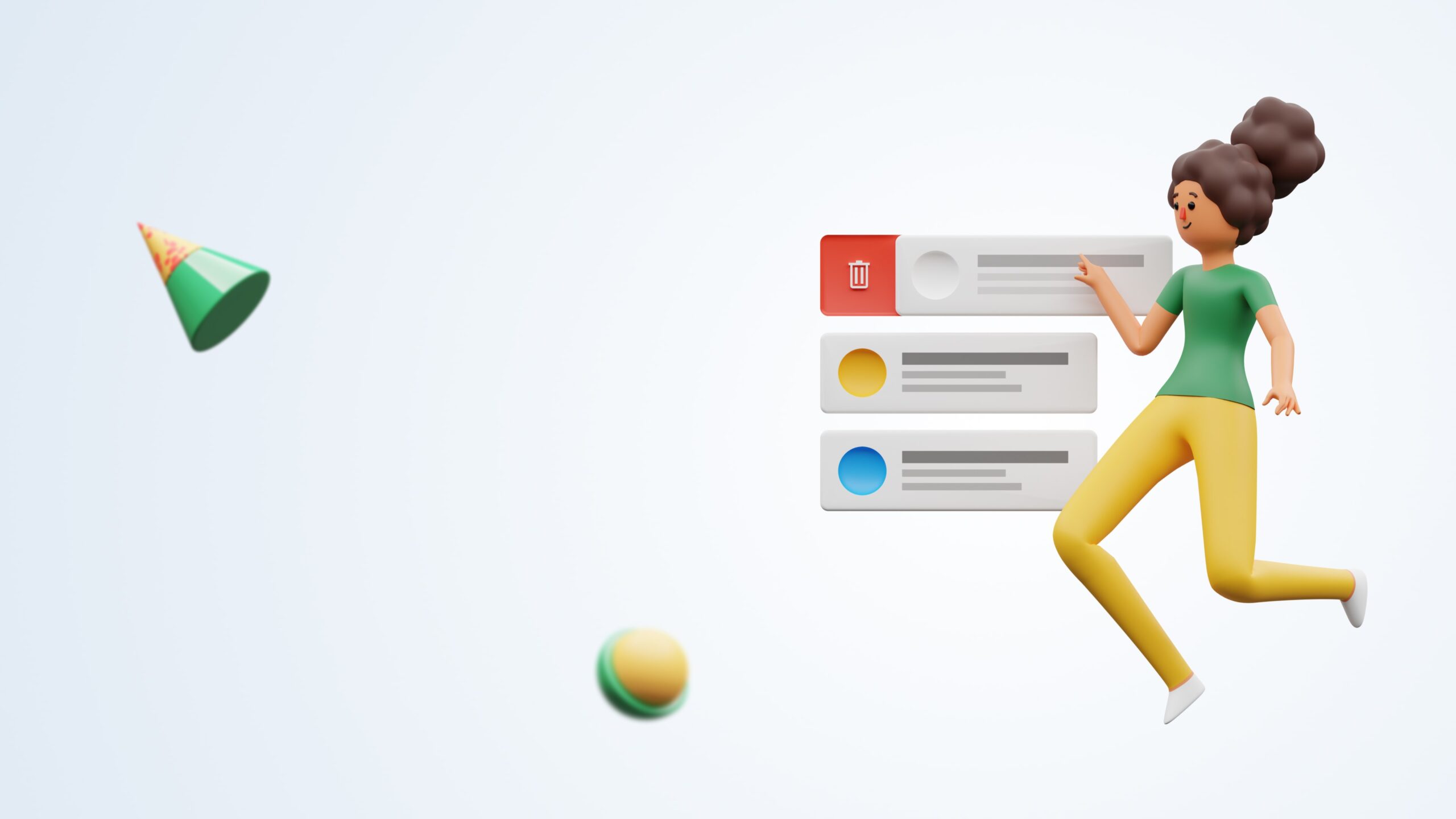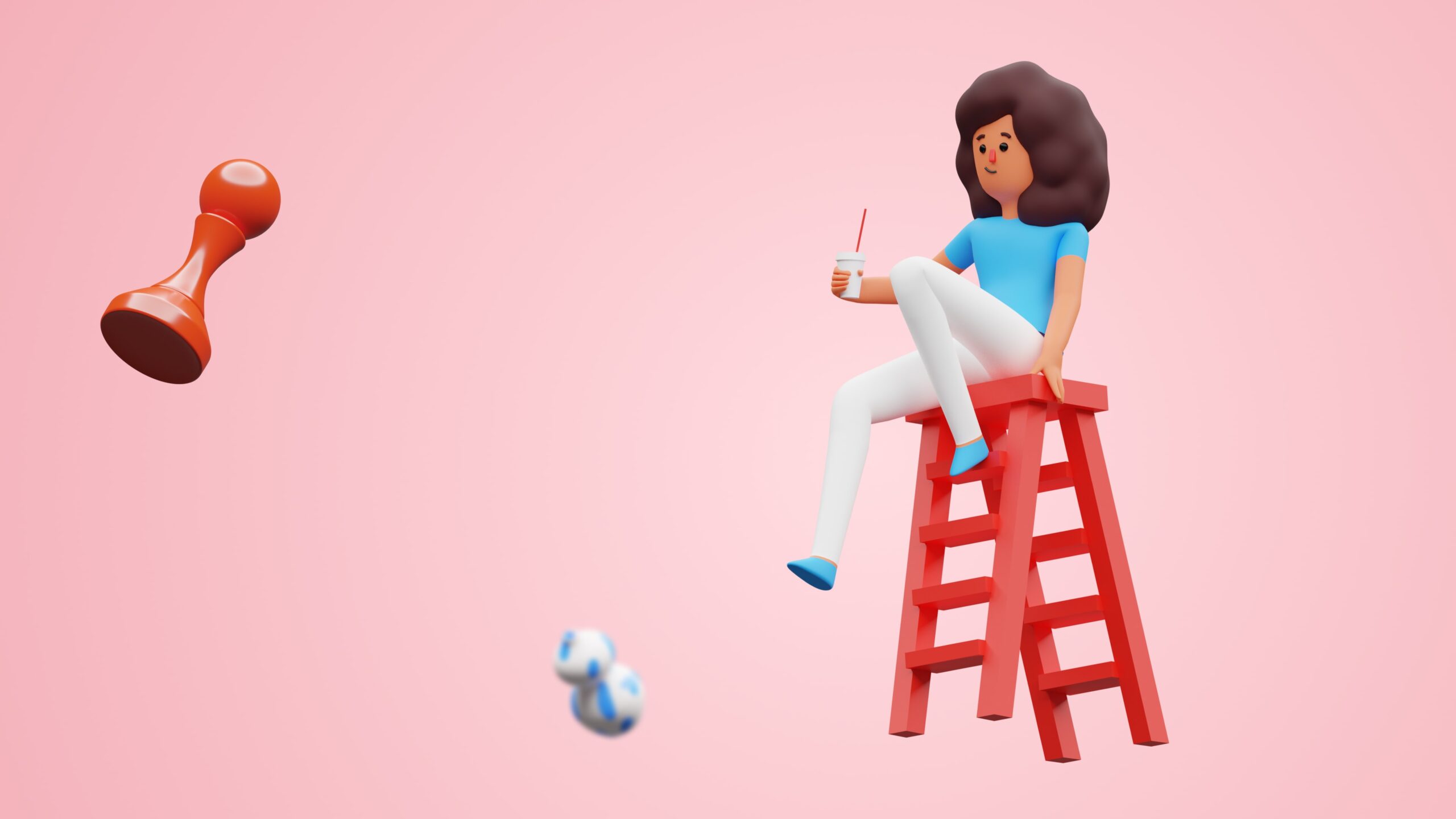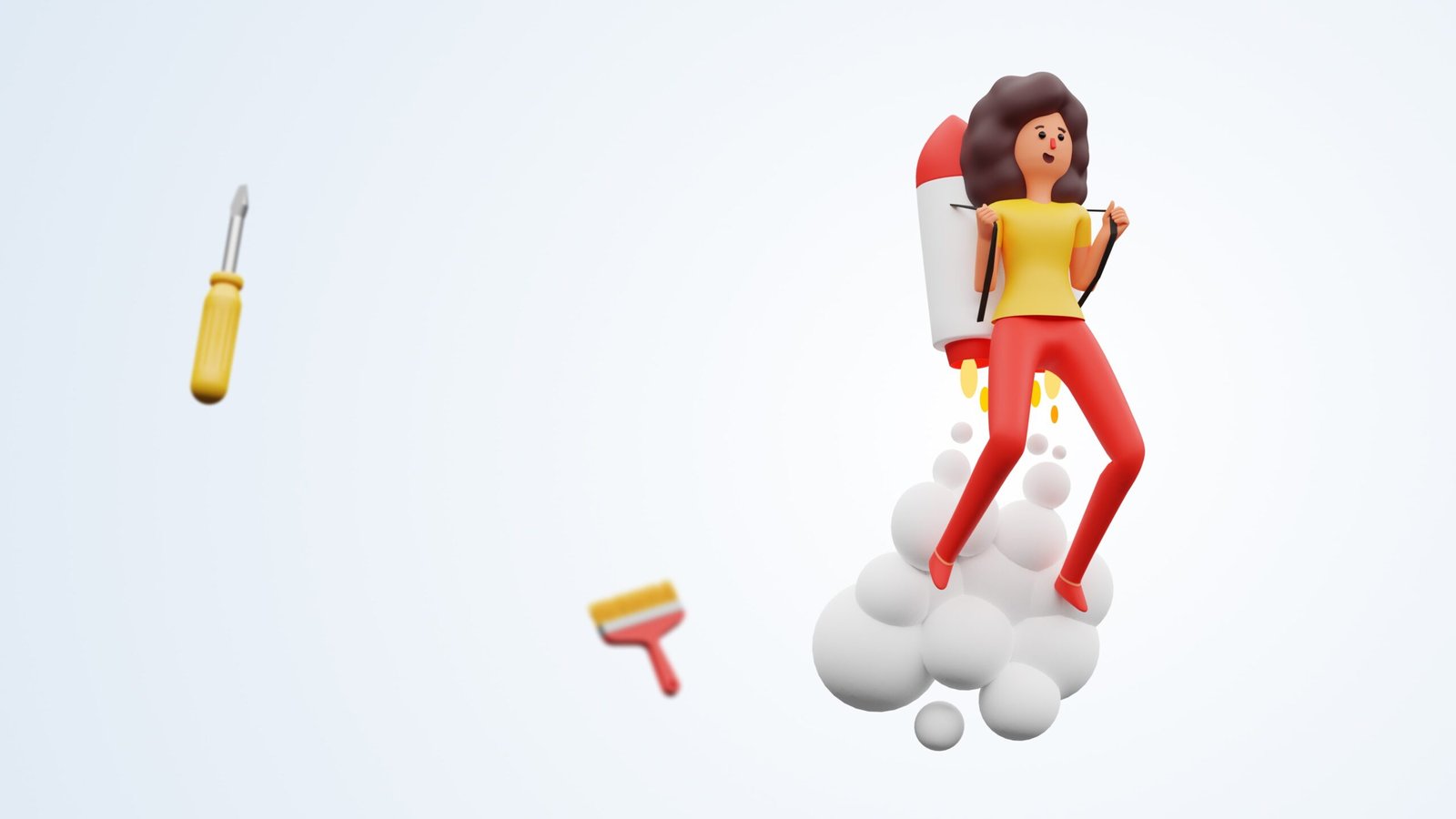In today’s fast-paced, tech-driven world, user-centered design has emerged as a fundamental principle for creating successful products and experiences. Whether you’re a seasoned designer or a business professional looking to understand the importance of user-centered design, this article will shed light on how this approach can transform the way you create, innovate, and succeed in your respective industry.
User-Centered Design (UCD) Defined
User-centered design is a holistic and iterative approach to creating products, services, or systems that prioritize the needs and preferences of the end-users. It’s all about understanding your users’ perspectives, behaviours, and goals and incorporating that knowledge into every step of the design process. UCD ensures that the final product or experience is not only functional but also intuitive, enjoyable, and tailored to the users it serves.

Images is taken from the internet: https://public-media.interaction-design.org/images/uploads/2737d331018d4207a7bf7f5e90eebec0.png
The UCD Process
- User Research: UCD starts with in-depth user research. This phase involves techniques like surveys, interviews, and observations to gain a deep understanding of the target audience. By empathizing with users and their needs, you can create a solid foundation for the design process.
- Design Ideation: Once you’ve gathered insights from user research, it’s time to brainstorm ideas. Collaboration is key during this phase, and diverse perspectives can lead to innovative solutions. Sketches, wireframes, and prototypes help visualize concepts.
- Prototyping and Testing: Building prototypes and conducting user testing is crucial to the UCD process. Prototypes allow you to gather feedback early and make necessary adjustments. This iterative cycle helps in refining the design and making it more user-friendly.
- Implementation: After thorough testing and refining, the final design is implemented. This phase demands close collaboration between designers, developers, and other stakeholders to ensure the product aligns with the design vision and user expectations.
- Evaluation: The UCD process doesn’t end with implementation. Continuous evaluation, feedback collection, and user testing are necessary to keep the product or experience relevant and user-focused.
Benefits of UCD
- Enhanced User Satisfaction: Prioritizing user needs and preferences leads to products and experiences that are enjoyable and intuitive, resulting in increased user satisfaction.
- Reduced Costs and Revisions: Addressing user issues early in the design process helps avoid costly revisions after product launch. UCD saves time and resources.
- Competitive Advantage: User-centered design differentiates your product or service in a crowded market by providing a unique and valuable user experience.
- Increased User Adoption: When users find a product or experience that caters to their needs, they are more likely to adopt and engage with it.
- Innovation and Creativity: UCD fosters creativity and innovation by encouraging diverse perspectives and problem-solving approaches.
Challenges and Misconceptions
While UCD offers significant advantages, it’s not without its challenges. Common misconceptions include:
- It’s Too Time-Consuming: Some believe that UCD slows down the development process. In reality, early identification and resolution of user issues can speed up the overall timeline.
- One-Size-Fits-All: UCD isn’t a rigid template. It’s adaptable to various industries and contexts, with the flexibility to suit your specific needs.
- Designers Know Best: Relying solely on designers’ instincts without user feedback can lead to a disconnect between the product and the audience.



